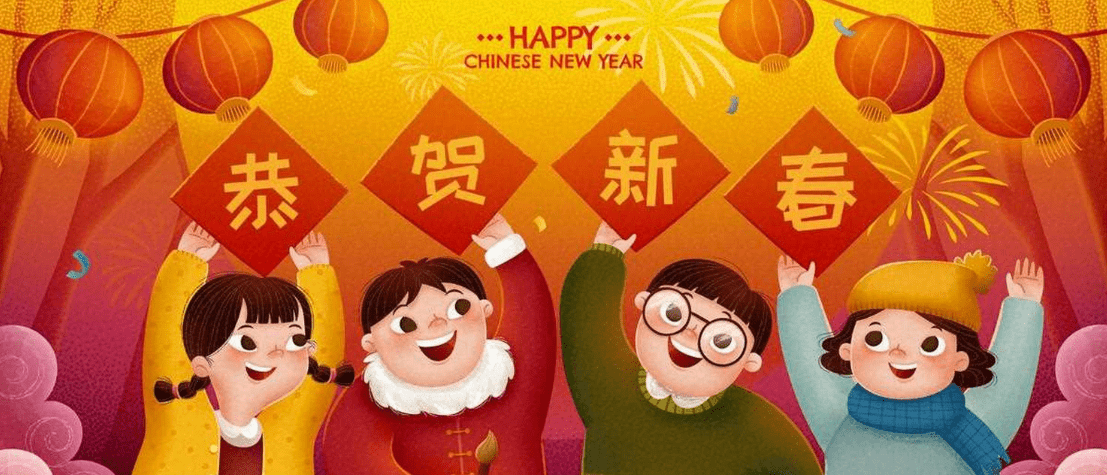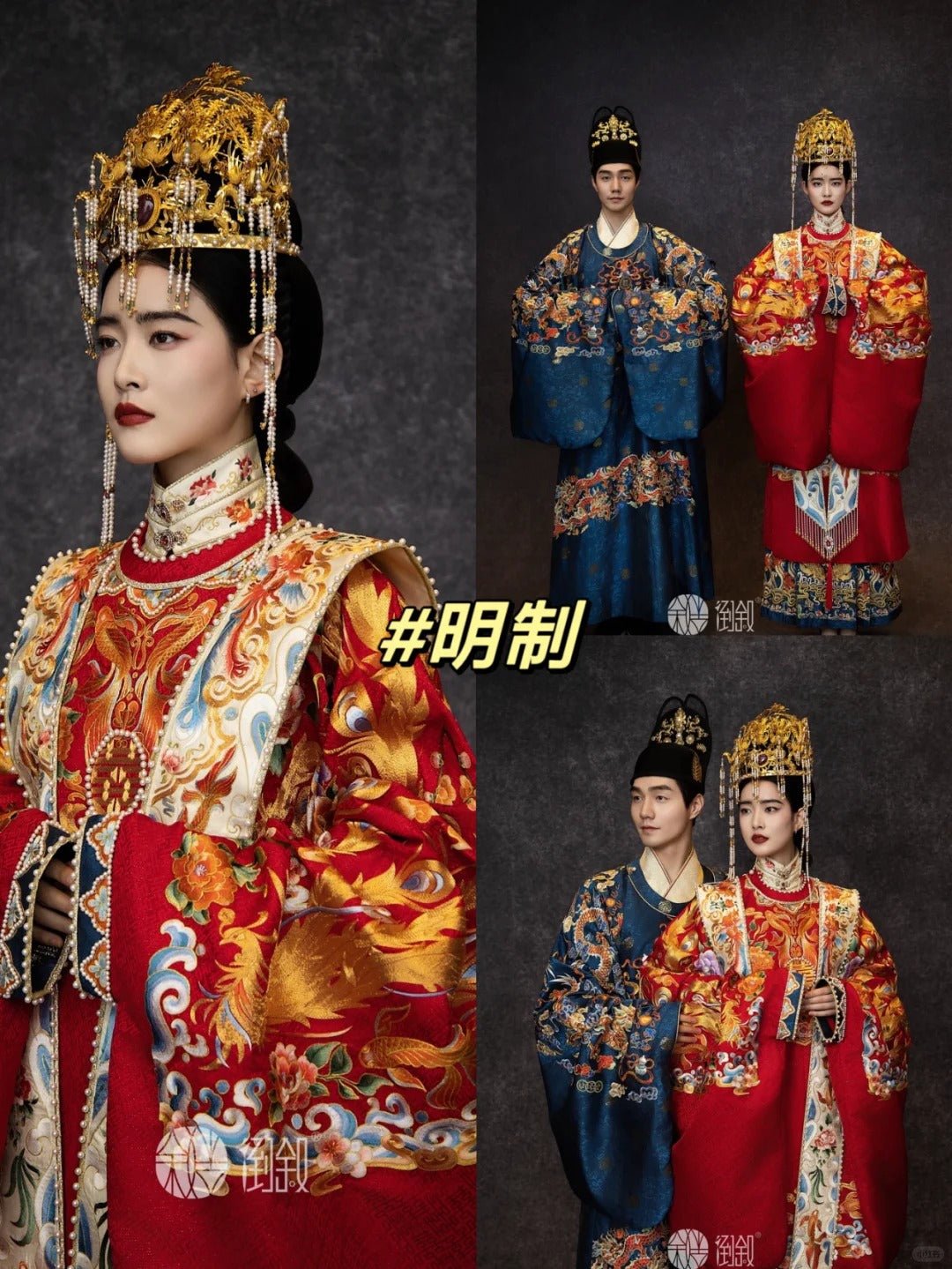Origin and Initial Formation of Men's Hanfu
Male hanfu/men‘s hanfu originated with The Yellow Emperor in ancient China and had a basic form already. It gradually became a clothing style with a national character during the Shang and Zhou dynasties(1046BC-256BC)and a mark of social status and identity in ancient Chinese society.
The styles became more varied and colors more rich During the Han Dynasty(202BC-220AD)Male Hanfu was named after him because it covered the whole clothing of the people.
At its peak, Male Hanfu styles and patterns were more elaborate, and the workmanship was more refined in the Ming Dynasty, reflecting the prosperity of society and economy at that time.
Since the Qing Dynasty enforced forced haircuts and clothing changes by the ruling Manchu ethnic group, the traditional male Hanfu of the Han ethnic group gradually slipped out of the mainstream social view.
Male Hanfu revival with the promotion of cultural confidence and the revival of ancient style culture has gradually attracted more attention and love from young people nowadays as a fashionable cultural symbol.

Stylistic Features of Male Hanfu.
Yi Chang Style
The top garment and the bottom skirt are cut separately and sewed together. Probably the oldest style of Hanfu. By way of example, Xu and Yuan are ancient formal dresses. They say it is of normal shape and made mostly of black hanfu. It is generally worn at sacrifices and court assemblies.
Shenyi Style
The top garment and the lower skirt are cut together. There are two types - Quju Shenyi and Zhiju Shenyi. In Quju Shenyi, there are several layers of winding lapels, and the hem is usually flared and covers the feet when walking. They give it a round shape with straight lines. The Zhiju Shenyi is fairly simple: straight lapels and neat hemlines. Paofu Style

A round-collar robe
A round-collar robe was popular in the Tang Dynasty. The robe has a round collar and narrow sleeves and the length is above the knees. Both sides have slits for easy wearing and are suitable for daily activities and labor. It was later used in official uniforms and on other occasions.
It was common in the Ming Dynasty, called daopao. It has a cross collar, a large front lapel, and wide sleeves. Two sides have slits, and there is an inner flap. It uses mostly plain colors and fabrics that give people a very free, loose, and unrestrained feeling. The literati and scholars often wore it.

Yesa:
It was based on Duanyaopao, one of the Zhisunfu styles worn by the Mongols in the Yuan Dynasty. Eunuchs, imperial guards, officials, nobles, and emperors wore it in the Ming Dynasty. It has 2 sections. The front lapel and back are cut separately. A pleated skirt falls below the waist. Many have a Mian pattern on both sides and have outer flaps at the slits.

Matching Accessories for Male Hanfu.
Headwear
This means crowns, scarves, etc. For example, the Mian Guan is a ceremonial crown worn by ancient emperors, princes, and high officials at sacrifices. This one has a complicated shape and a very elaborate decoration, which indicates great status and power. A headscarf known as the Fang Jin is worn by literati and scholars. It is square and very refined.
Belts
Different materials and styles include leather belts and silk ribbons. Leather belts are usually fastened to the robe, and male Hanfu accessories such as jade pendants and swords are hung on them. Softer, bright silk ribbons are also available in various knots for decoration.
Footwear
They include cloth shoes and leather boots. Cloth shoes have soft fabrics and flat soles and are generally matched to various Hanfu styles. Leather boots work best for riding horses, traveling, and are warm and practical.
Accessories of male Hanfu.
For example: jade pendants, sachets, purses, fans, etc. The jade pendant. Ancient civilizations considered jade a high-quality material. Wearing a jade pendant does not only reflect beauty but also moral development. Spice containers / purses—these can hold sundries, etc. Various shapes and embroidery are also used in Hanfu patterns.
Cultural Connotations
Culture of male Hanfu etiquette.
Male Hanfu were associated with etiquette in ancient society. Different occasions demanded different Hanfu styles as a sign of etiquette and social order. Solemn formal dresses should be worn for sacred sacrifices, such as those for ancestors and gods, for example. Official uniforms at court assemblies reflect official rank and responsibility.
Aesthetic Concepts for Men: Hanfu.
Its design is based on the aesthetic concepts of ancient China: symmetry, harmony, and simplicity. It has smooth lines, natural color matching, and meaningful patterns that demonstrate an ancient appreciation of beauty.
Male Hanfu National Spirit.
Male Hanfu carries the national history and cultural heritage of the Han ethnic group and demonstrates national unity and confidence in traditional culture. Wearing Hanfu also means to inherit the national spirit.



